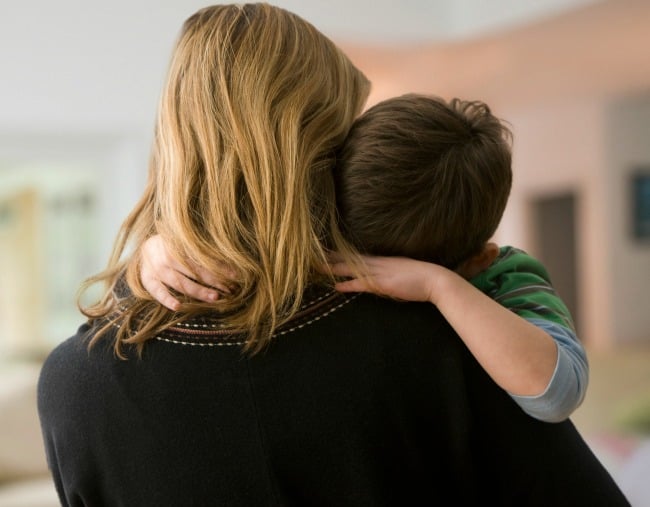
In 2007, I was heavily pregnant with my son. It seems an important detail, perhaps a direct influence on the impression a few lines in the sidebar of the newspaper inspired. Just a handful of sentences about a very wealthy man who had appeared in court on a string of sexual assault charges against a girl. She had been eleven when the offences began. My God, I thought, how must her mother feel? Her family?
As those questions wormed their way into my psyche, my curiosity lead me on a nine-year journey to try to understand how such a crime can happen and remain undetected. There were other stories that came to light; Maurice Van Ryn, the former CEO of Bega Cheese and prominent Sydney property developer Peter Versi. Both men of wealth and power.
Since the establishment of the Royal Commission into Child Sexual Abuse in 2013, the extent of institutionalised abuse of children has been horrifying to observe. We now all share the knowledge that children, entrusted into the care of teachers, religious leaders and community organisations, have had that duty of care abused. It is easy to follow those news stories and apply a certain distance between us and them. Those are bad men (and they are overwhelmingly men) in positions of public power. It is shocking, unacceptable and appallingly pernicious. But it allows a certain moral tempering that this crime is over there, as it were. This might be acceptable if it were not the fact that 90% of children are sexually abused by people they know and trust within their family circle and within their own home.
And these are only the cases we know about. Because of underreporting, there are no accurate statistics on the prevalence of sexual assault against children. National figures from the Australian Institute of Health and Welfare’s most recent report, Child Protection Australia 2015-16, indicates that of the 165,000 cases investigated, there were 61,000 substantiated cases of abuse against 45,700 children, 12% were sexual abuse. That’s 5,484 children we know about.




























































































